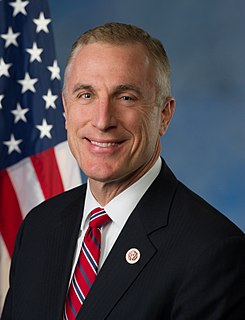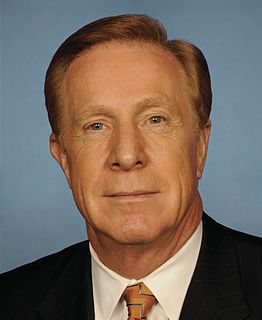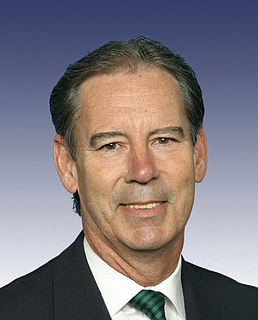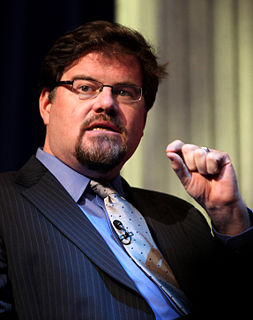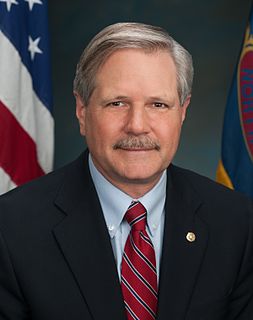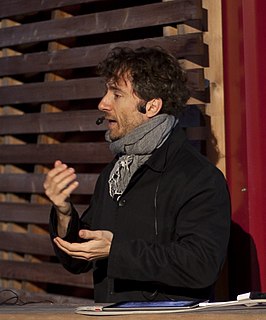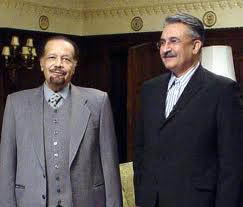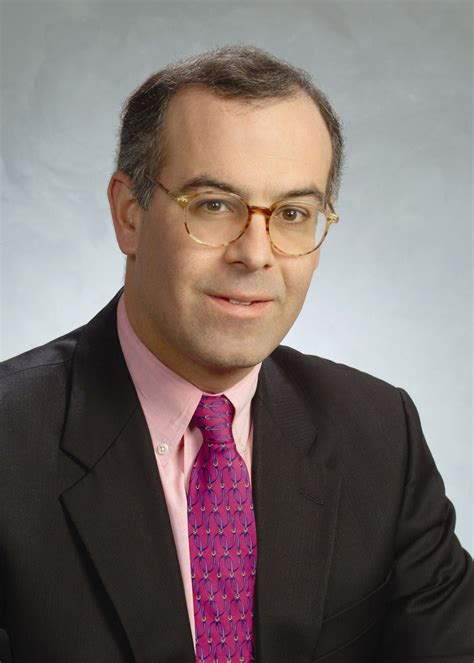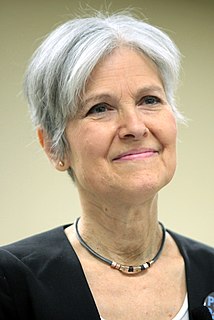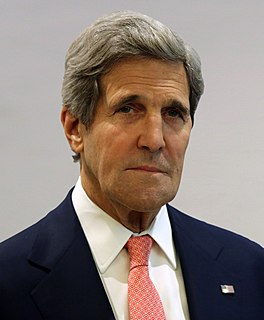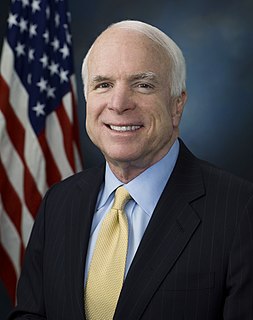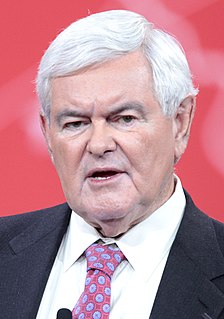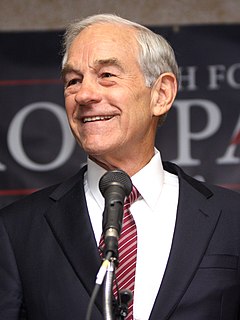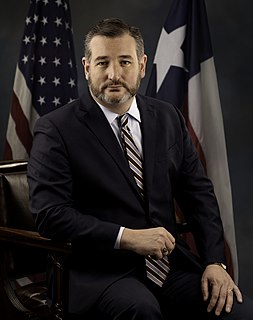A Quote by Tim Murphy
Over the last two decades, America has increased its demand for oil by nearly 30 percent, yet we have not expanded our ability to produce domestic sources of fuel.
Related Quotes
Forests are breaking out all over America. New England has more forests since the Civil War. In 1880, New York State was only 25 percent forested. Today it is more than 66 percent. In 1850, Vermont was only 35 percent forested. Now it's 76 percent forested and rising. In the south, more land is covered by forest than at any time in the last century. In 1936 a study found that 80 percent of piedmont Georgia was without trees. Today nearly 70 percent of the state is forested. In the last decade alone, America has added more than 10 million acres of forestland.
We have the resources and technology to produce more energy than we consume and break our long-standing dependence on foreign sources of oil. All we need is the will. In fact, there's a path to follow, one that North Dakota blazed over the last decade by building a comprehensive energy plan we called Empower North Dakota.
This curious faith is predicated on the notion that we will soon develop unlimited new sources of energy: domestic oil fields, shale oil, gasified coal, nuclear power, solar energy, and so on. This is fantastical because the basic cause of the energy crisis is not scarcity: it is moral ignorance and weakness of character. We don't know how to use energy or what to use it for. And we cannot restrain ourselves. Our time is characterized as much by the abuse and waste of human energy as it is by the abuse and waste of fossil fuel energy.
